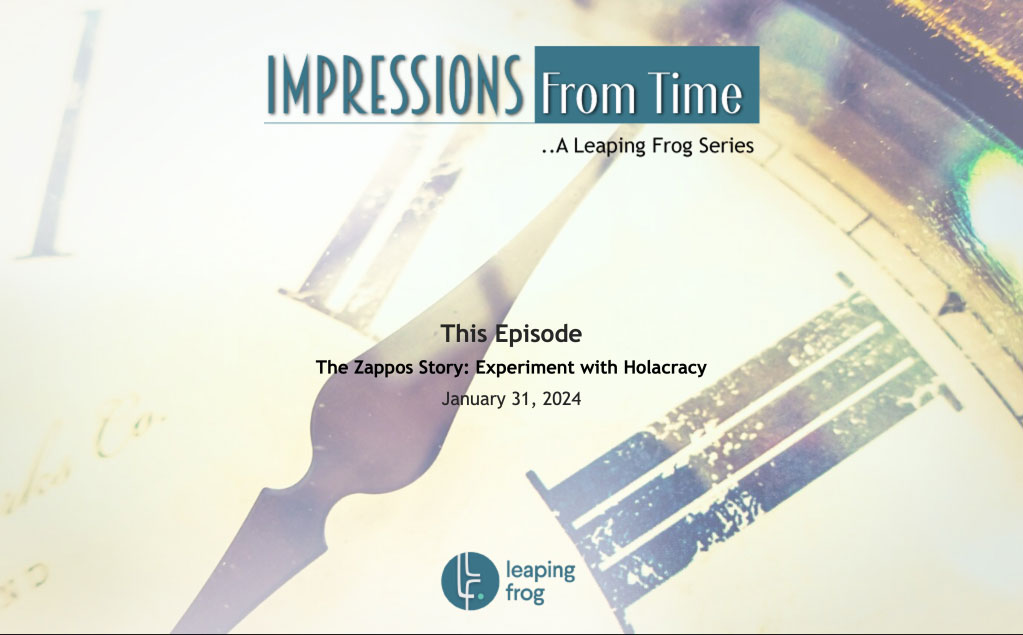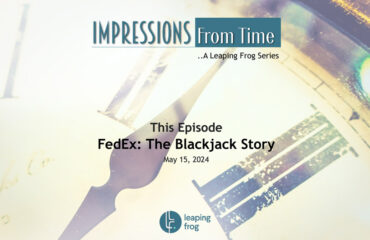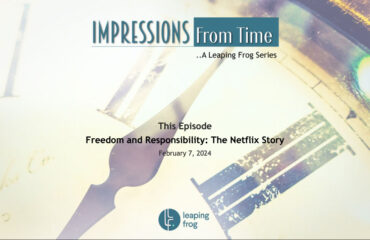
The Zappos Story: Experimenting with Holacracy for Organizational Success
The Zappos Story: Experimenting with Holacracy for Organizational Success, an online store for shoes and clothes, and Tony Hsieh’s bold venture into Holacracy stands out boldly in the ever-evolving domain of organisational culture. It is a storyline that unfolds between 2013 and 2016, a period marked by a fervent pursuit of autonomy and innovation.
The term “Holacracy” was coined by Brian Robertson in the mid-2000s. Robertson, an entrepreneur and organisational thinker, developed the Holacracy framework as a new approach to organisational governance and management. The word itself combines “holarchy” and “democracy,” reflecting the system’s emphasis on distributing authority and decision-making across self-organising teams within an organisation.
Holacracy represents a departure from traditional hierarchical structures, aiming to create more agile and adaptive organisations. In a holacratic system, authority is distributed among autonomous teams or circles, each with defined roles and accountabilities. Decision-making is decentralised, focusing on rapid iterations, adaptability, and continuous improvement.
While Holacracy gained attention for its innovative and non-traditional approach to organisational structure, its adoption has been met with both enthusiasm and scepticism. Some organisations have embraced the principles of Holacracy as a means to foster a more dynamic and responsive workplace, while others have found it challenging to implement and sustain over the long term. The emergence of the term “Holacracy” is closely tied to Brian Robertson’s efforts to articulate and propagate this novel approach to organisational management.
Coming back to the story of Zappos. As the CEO, Tony Hsieh was not content with the status quo. Seeking to redefine the traditional hierarchical structure that often characterises corporate environments, he set his sights on Holacracy—an unconventional management philosophy that distributed authority and decision-making throughout the organisation. Hsieh believed that this approach would foster a more dynamic, adaptive, and empowered workforce.
The journey began with an ambitious vision: to dismantle the traditional management hierarchy and replace it with a system where employees operated in self-governing circles known as “circles of purpose.” These circles, rather than reporting to managers, were tasked with driving their own decision-making processes. The objective was to create a workplace where every employee had a say in the company’s direction, unfettered by the constraints of top-down management.
The implementation of Holacracy at Zappos was not without its challenges. It required a fundamental shift in how employees perceived their roles and responsibilities. Job titles were de-emphasized, and the traditional reporting structure gave way to a more fluid, collaborative environment. This radical departure from the norm, however, encountered resistance from some employees who found comfort in the familiar contours of hierarchy. Some argued that the absence of a clear hierarchy led to confusion about roles and accountabilities. The fluid nature of decision-making created uncertainty, and the ambitious experiment encountered challenges in maintaining operational efficiency. As the organisation grappled with the complexities of Holacracy, questions arose about its long-term viability and whether the model could sustain the growth and stability required by a large-scale enterprise.
Despite the hurdles, the Zappos Holacracy experiment did yield notable successes. Empowered employees embraced the newfound autonomy, contributing ideas and initiatives that might not have surfaced in a traditional corporate setting. Decision-making became more agile, and the organisation, in theory, became better equipped to adapt to the rapid changes inherent in the business landscape.
In 2016, as the Holacracy experiment unfolded, Tony Hsieh, a charismatic and unconventional leader, stepped down as CEO of Zappos. The organisation, while retaining some aspects of Holacracy, eventually transitioned back toward a more conventional structure, acknowledging the need for a balance between autonomy and organisational coherence.
Zappos and the Holacracy experiment remains a captivating chapter in the evolution of corporate culture. It illustrates the potential and challenges of reimagining traditional structures to pursue a more innovative and empowered workplace. While the grand experiment may not have resulted in a permanent revolution, its impact on shaping conversations around organisational design and autonomy in the corporate world endures. It stands as a reminder that even ventures that don’t follow a conventional narrative can spark valuable insights and contribute to the ongoing dialogue about the future of work.
……………………………………………………………………………………………………………………………………
“Impressions From Time” is a curated series from Leaping Frog about stories from the past that have helped shape modern-day practices in the people and organisation domain.
Leaping Frog, a new-age consulting firm, is an enabler and co-creator in enhancing people and organisational effectiveness. We love doing work in the areas of “Driving Organisational Change and Development”, “HR Systems and Talent Strategy”, and “Leadership and Life Coaching”.
Connect and share, for work and more.
Mail: comm@leapingfrog.in
Website: www.leapingfrog.in
Follow Us: https://lnkd.in/d7TQbsia




